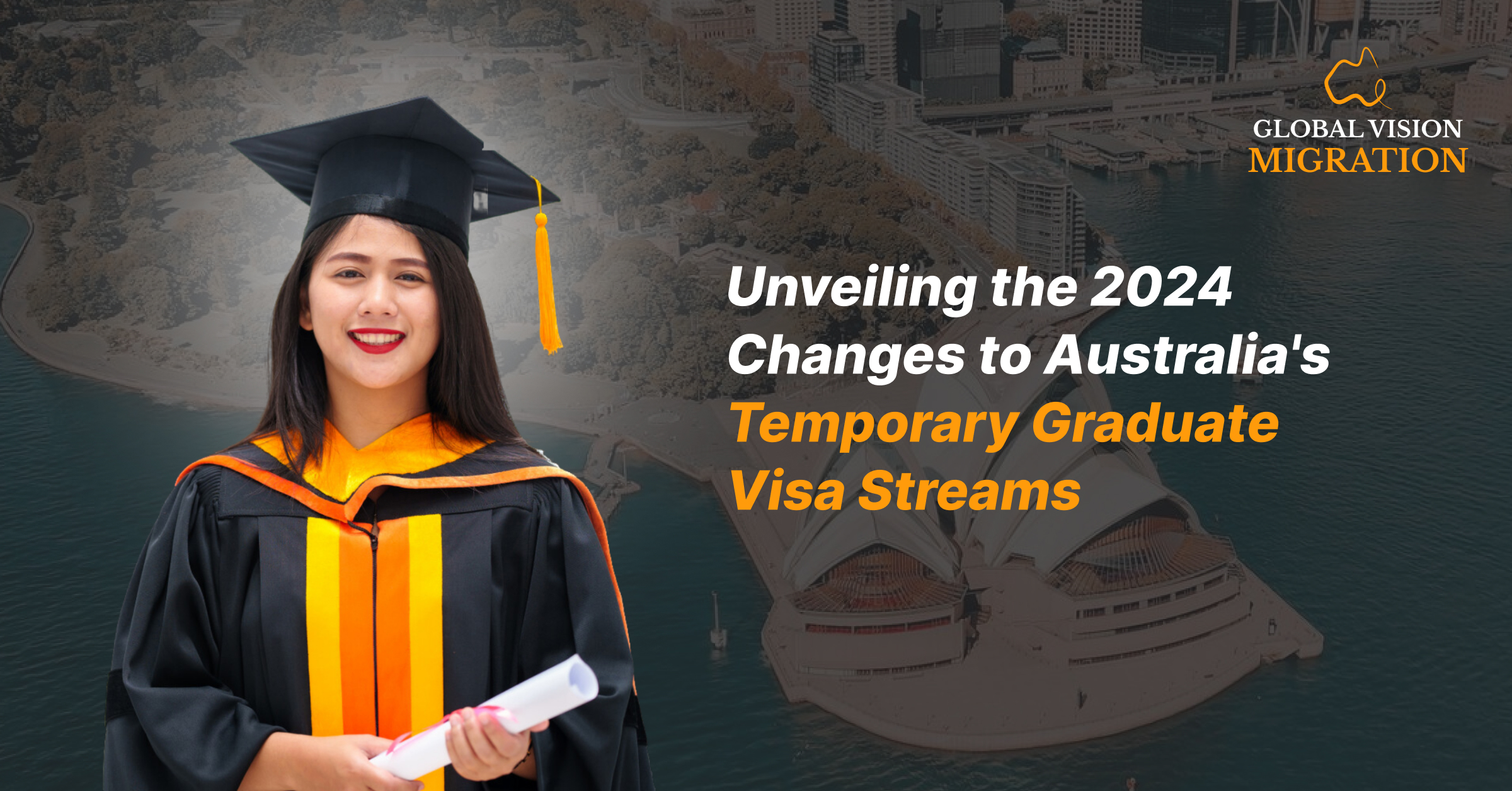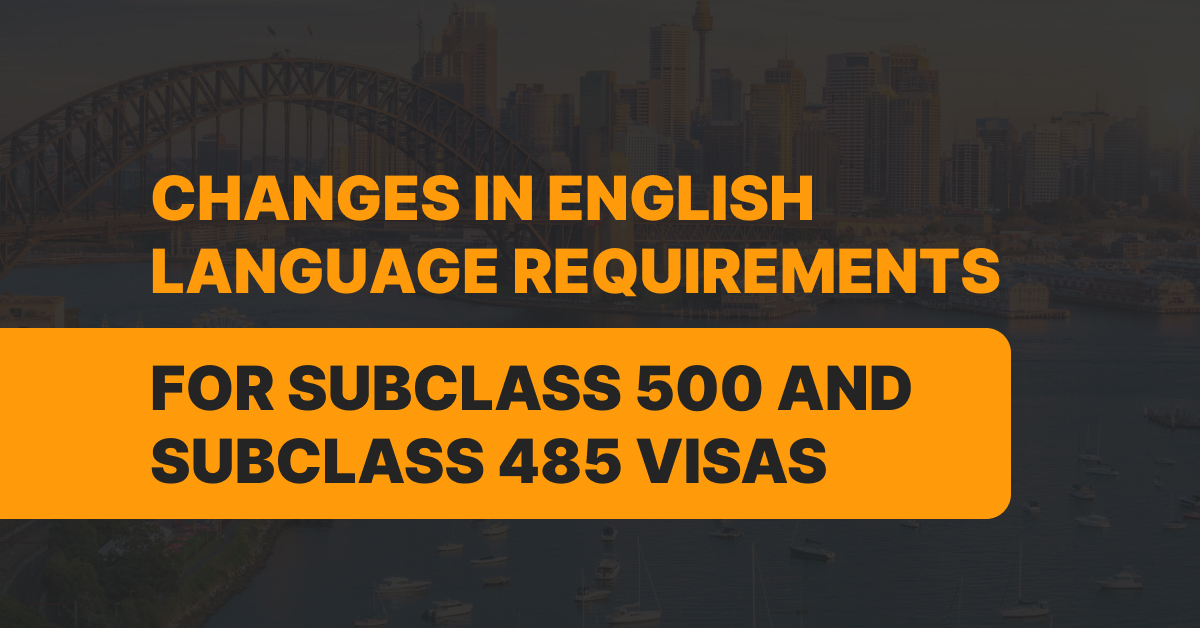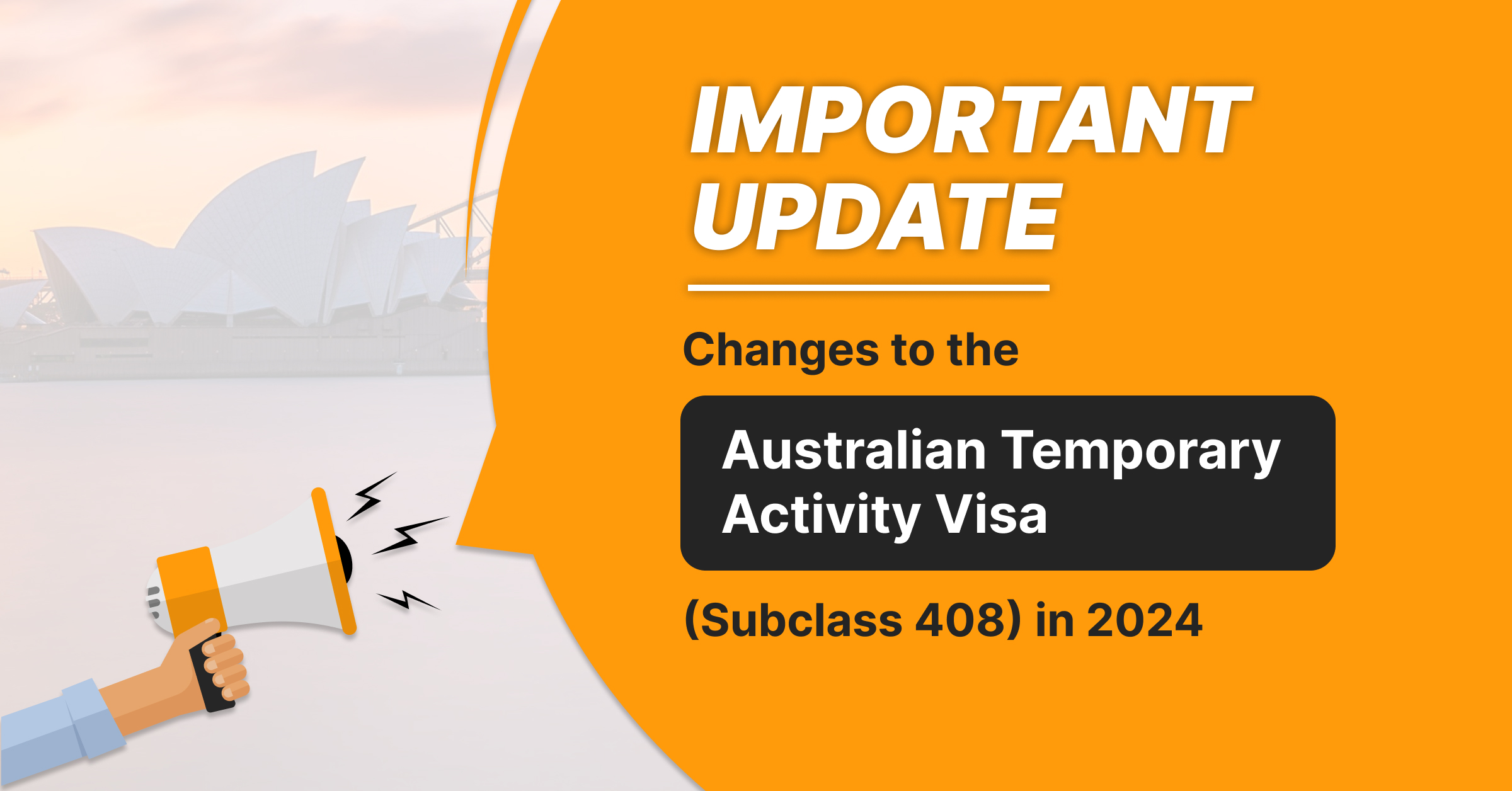Elevate Your Career with Australia’s Training Visa (Subclass 407)
Are you looking to advance your career through specialized training in Australia? The Training Visa (Subclass 407) offers a fantastic opportunity to gain valuable skills and experience in your...





